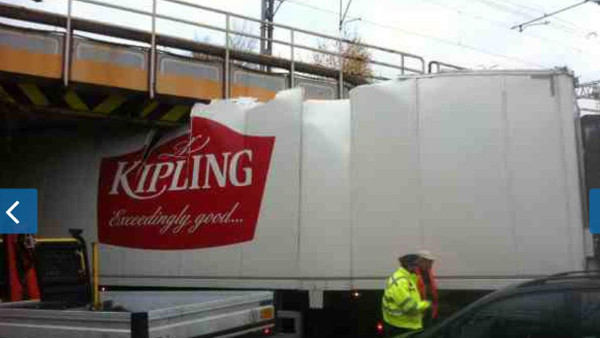Help GnuPG hire a second developer
 The Free Software Foundation Europe (FSFE) has announced a fundraising drive for GnuGPG, the world’s leading privacy tool.
The Free Software Foundation Europe (FSFE) has announced a fundraising drive for GnuGPG, the world’s leading privacy tool.
GnuPG has an estimated base of more than 4 million active users around the world and attracts a thousand new users each day. It guards emails, files and programs from snooping and spying on Windows, Mac and GNU/Linux. This crucial program needs help to keep going in 2015 and beyond.
Continuing revelations about government spying have shown how little of our information is really safe. GnuPG is one of the few tools that can offer real protection. Edward Snowden used it to encrypt his communications with journalists. All companies and individuals running free software systems use it to protect their software against manipulation – sometimes without even knowing about it. Credit card data and back-ups are routinely encrypted using GnuPG and the program will continue be needed for many years in the future to restore that data.
GnuPG is available free of charge, but it costs money to develop and maintain. For more than a decade, g10code GmbH, the company owned and headed by GnuPG’s principal author Werner Koch, has been bearing the majority of these costs. The company is seeking €120,000 to carry on its work on GnuPG in 2015.
With this money, the company will:
- hire a second developer to work on GnuPG;
- maintain the GnuPG software and documentation;
- put this vital bit of our privacy infrastructure on a more solid organisational footing, so that it will remain viable in the long term.
Donors will be listed on the GnuPG website and in the next GnuPG release, unless they choose to remain anonymous.
You can donate directly to the GnuPG project through this page: https://gnupg.org/donate/.










